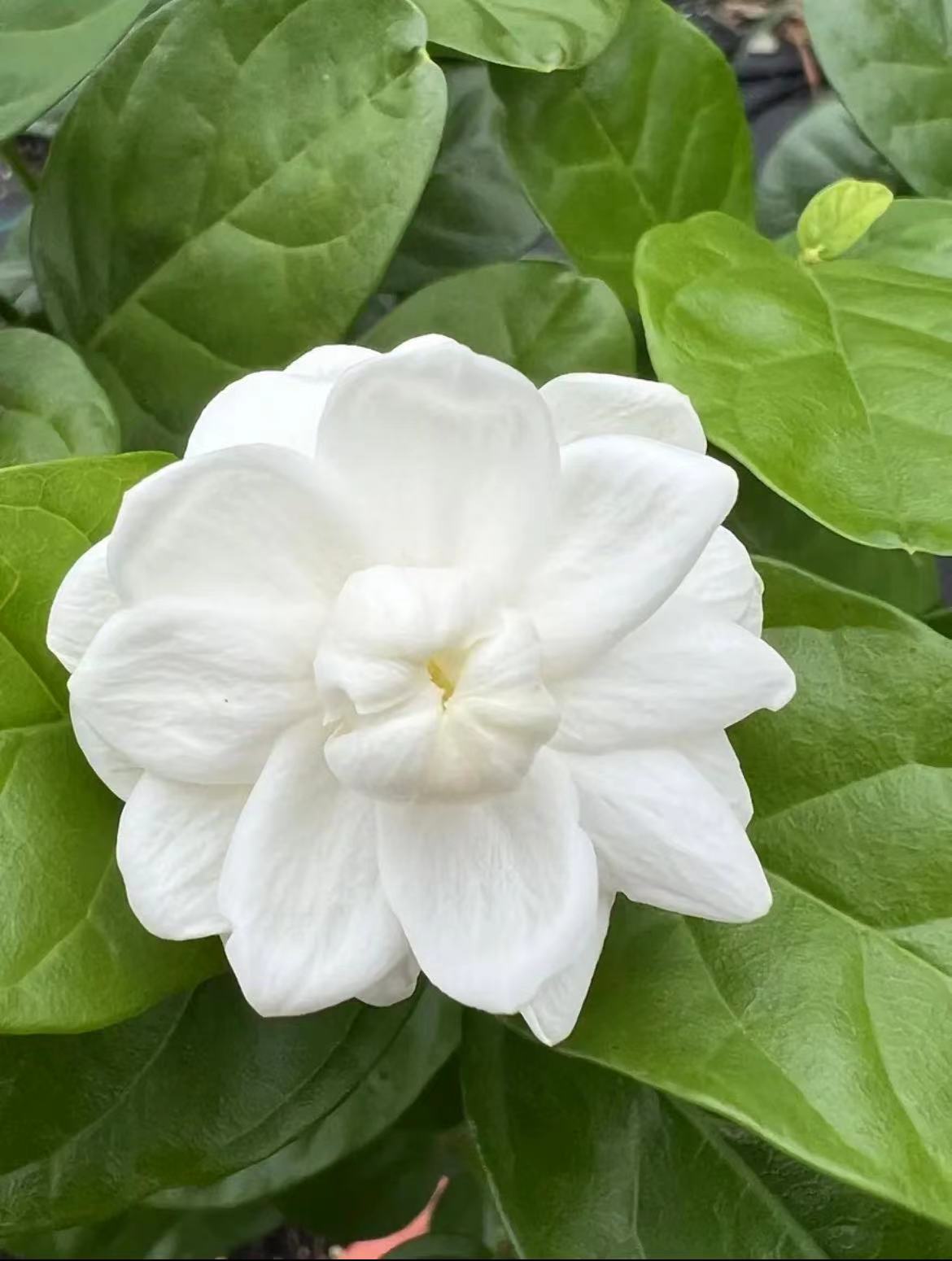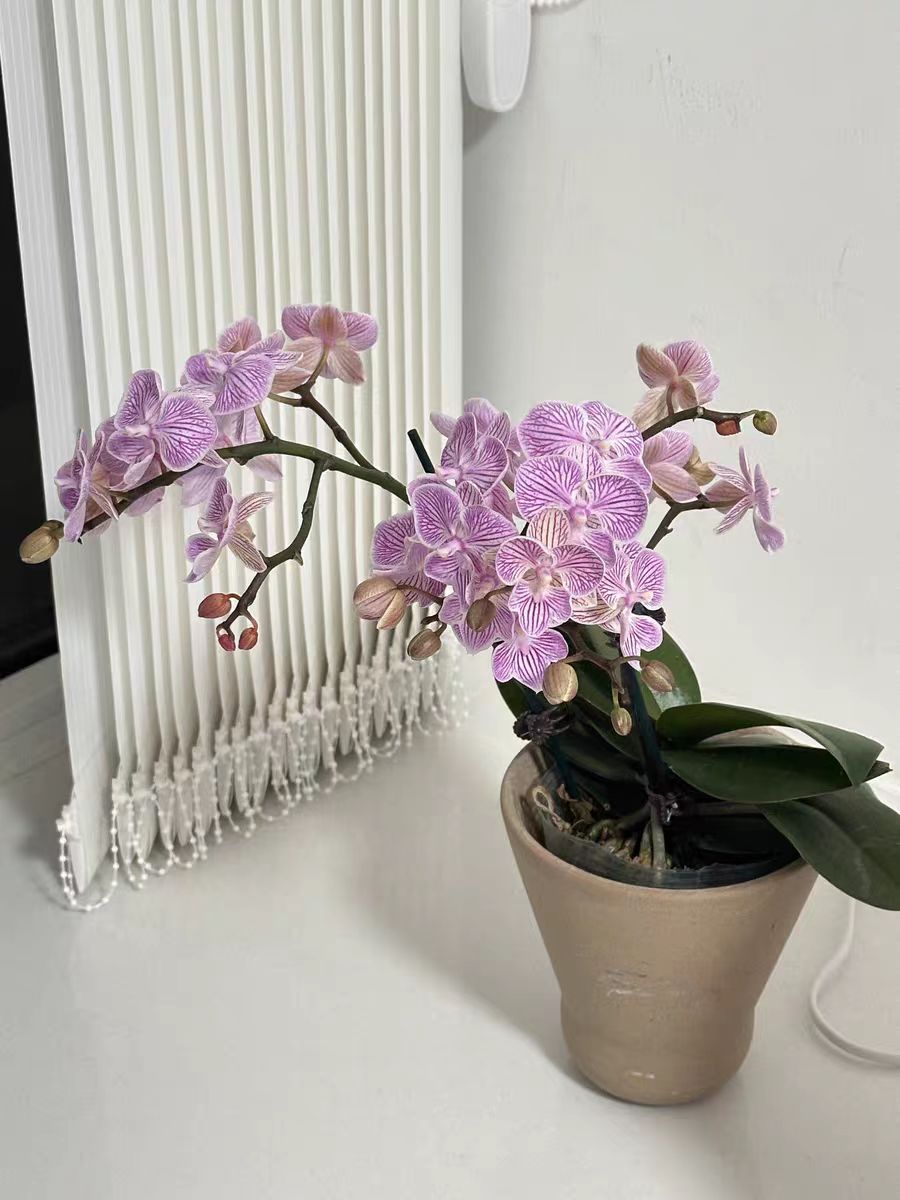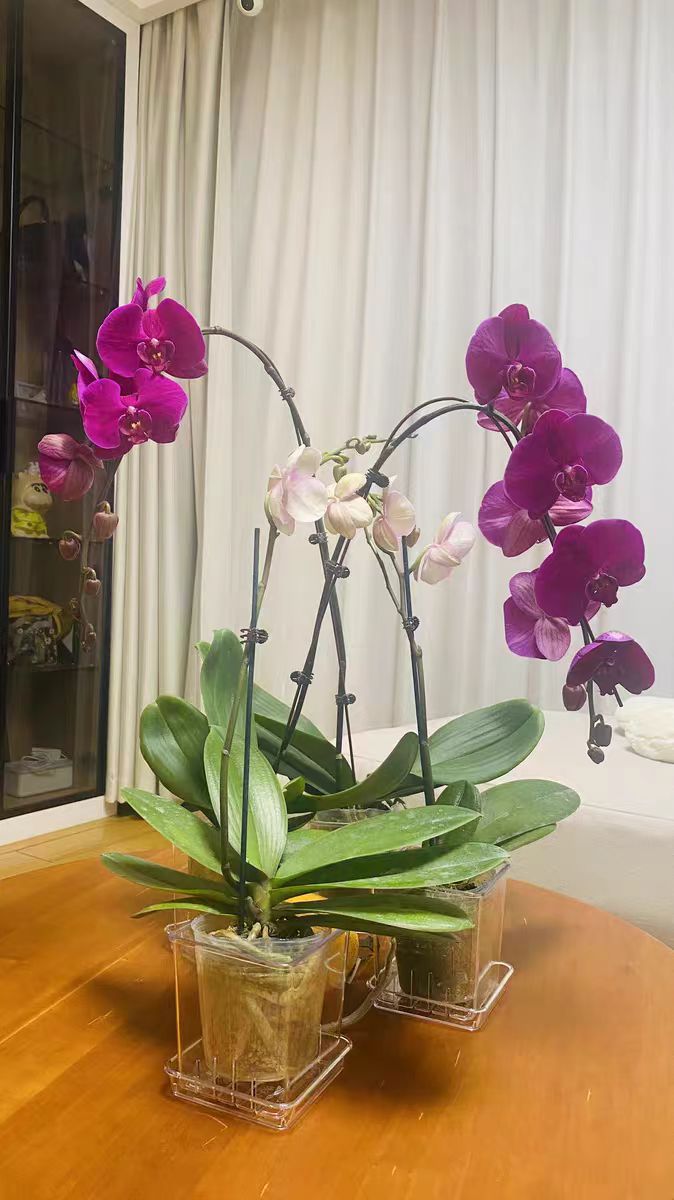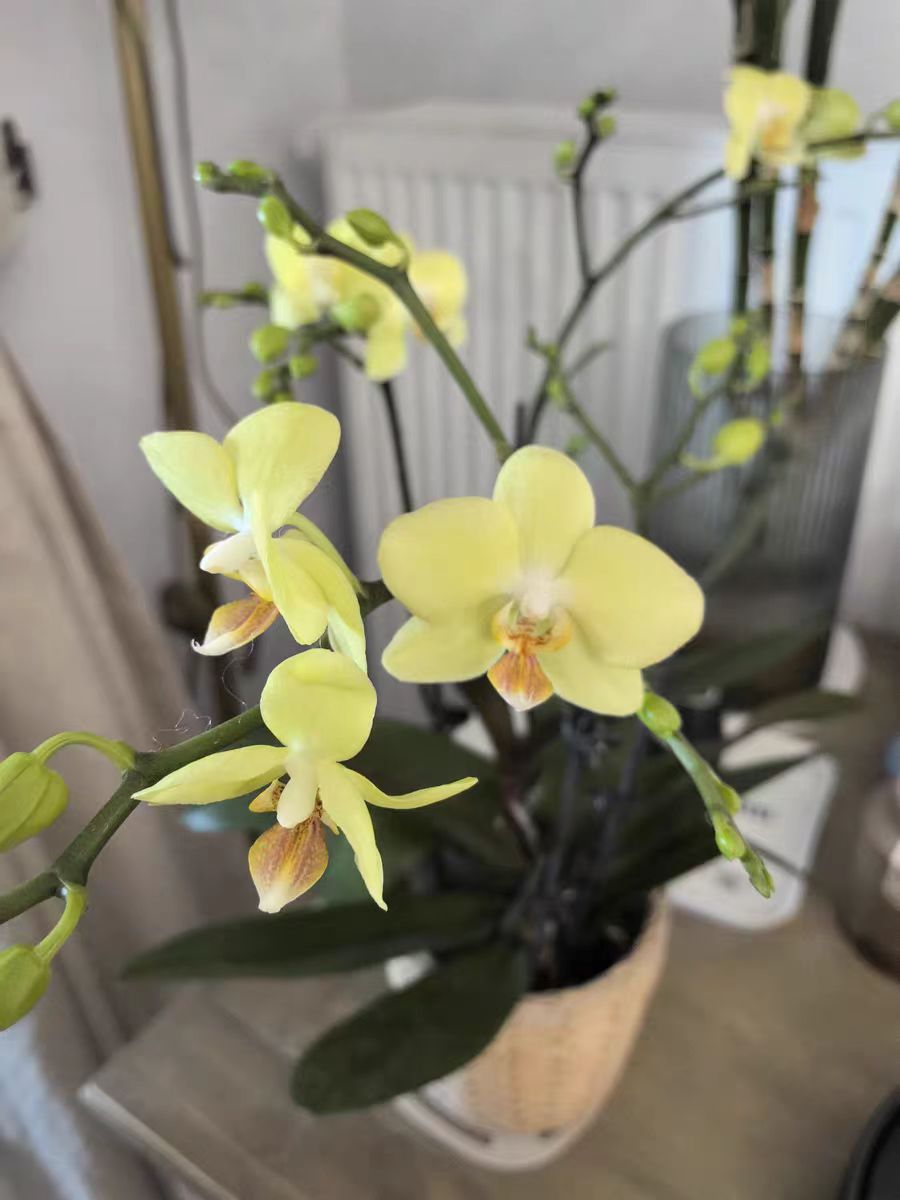Jasmine polyanthum var. grandiflorum is divided into two types: round-leaved and pointed-leaved. Both the round-leaved and pointed-leaved varieties have their own characteristics. The leaves of round-leaved Jasmine polyanthum var. grandiflorum are relatively round, dark green, and lustrous. Its flowers are huge, with layers of petals as white as snow and emitting a strong fragrance. The round shape gives a feeling of fullness and roundness. The leaves of pointed-leaved Jasmine polyanthum var. grandiflorum are relatively slender with obvious tips and equally rich in color. Its flowers are also beautiful with delicate petals. The pointed-leaved shape appears more upright and neat. Both have their own merits in ornamental value.
Differences between round-leaved and pointed-leaved varieties of Jasmine polyanthum var. grandiflorum
Round-leaved Jasmine polyanthum var. grandiflorum usually grows relatively slowly, and the plant is relatively short and compact. Its branching ability may be slightly weaker, but the flowers are often large and full. Pointed-leaved Jasmine polyanthum var. grandiflorum grows relatively fast, and the plant is relatively tall and has more branches. The number of its flowers may be relatively large, but the flower size may be slightly smaller than that of the round-leaved variety.
Round-leaved Jasmine polyanthum var. grandiflorum has relatively weak adaptability to the environment and is more demanding in terms of soil, light, temperature and other conditions. More careful maintenance is needed to grow vigorously. Pointed-leaved Jasmine polyanthum var. grandiflorum is relatively stronger in adapting to the environment and can survive under a wider range of environmental conditions. However, during the maintenance process, attention should also be paid to providing appropriate care.
Cultivation methods of Jasmine polyanthum var. grandiflorum
Jasmine polyanthum var. grandiflorum likes loose, fertile, and well-drained soil. You can use a mixture of decayed leaf soil, garden soil, and river sand to ensure the permeability and fertility of the soil. At the same time, add an appropriate amount of decomposed organic fertilizer to the soil to provide sufficient nutrients for the growth of Jasmine polyanthum var. grandiflorum. Jasmine polyanthum var. grandiflorum likes sufficient light but cannot be directly exposed to the scorching sun.
In spring, autumn, and winter, it can be placed in a sunny place to fully receive sunlight. In summer, proper shading is needed to avoid strong light burning the leaves. The suitable growth temperature for Jasmine polyanthum var. grandiflorum is 18℃ - 25℃.
In winter, pay attention to keeping warm to avoid the plant being frozen due to low temperature. It can be moved to a warm place indoors and keep the temperature above 10℃.
Jasmine polyanthum var. grandiflorum likes a humid environment but is not resistant to waterlogging. During the growth period, keep the soil moist but not too wet. Watering should follow the principle of "water when dry", that is, wait until the soil surface is dry before watering, and water thoroughly. In summer, when the temperature is high and water evaporates quickly, the watering frequency can be appropriately increased; in winter, watering should be reduced to avoid root rot caused by overly wet soil.
Jasmine polyanthum var. grandiflorum has a large demand for fertilizers and needs regular fertilization during the growth period. You can apply a thin liquid fertilizer every 10-15 days, such as decomposed cake fertilizer water, compound fertilizer, etc. Before the flowering period, the application amount of phosphorus and potassium fertilizers can be appropriately increased to promote the opening and growth of flowers.
What's the difference between round-leaved and pointed-leaved varieties of Jasmine polyanthum var. grandiflorum?

Share with
Tagged in :




Leave a Reply